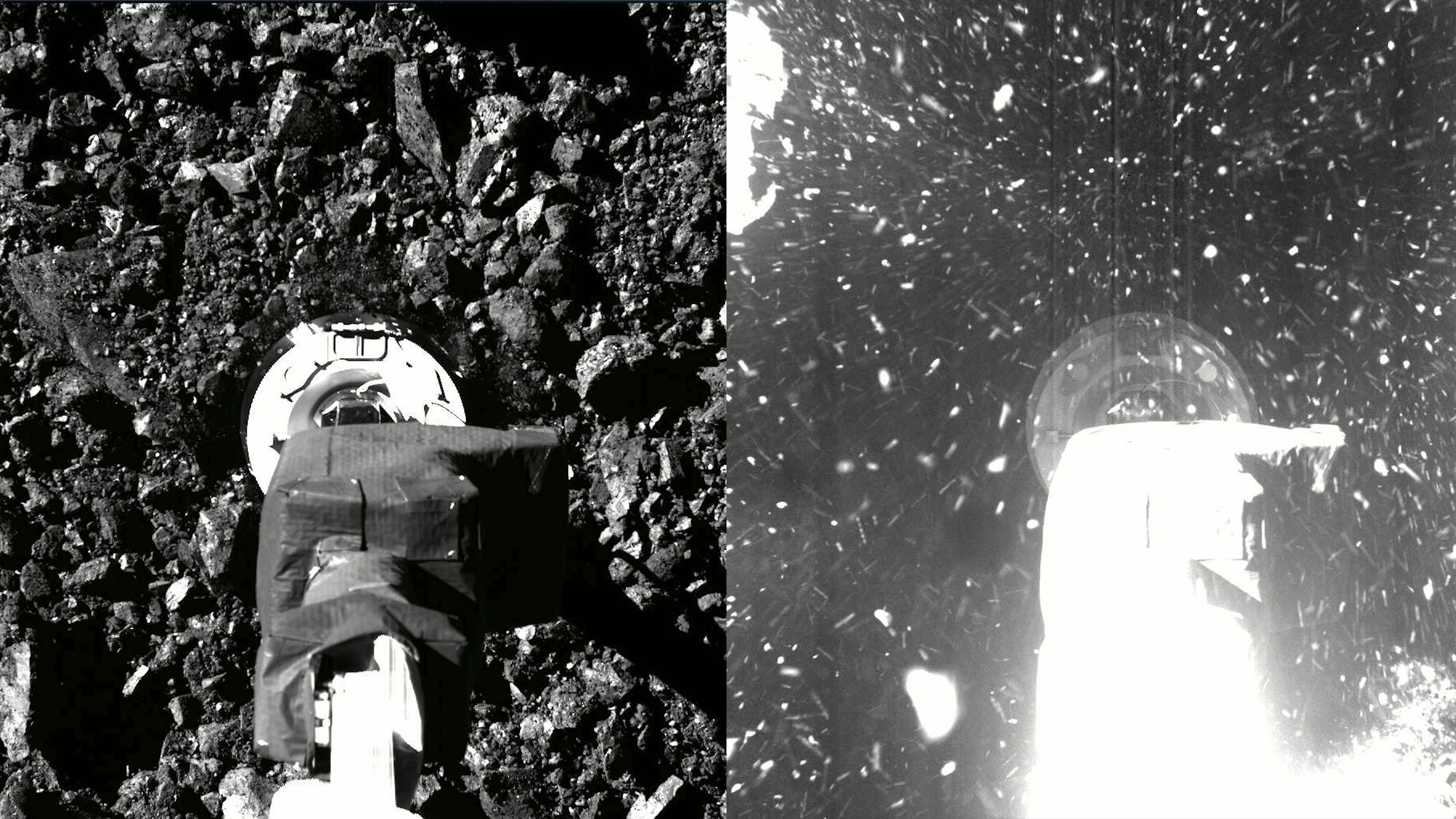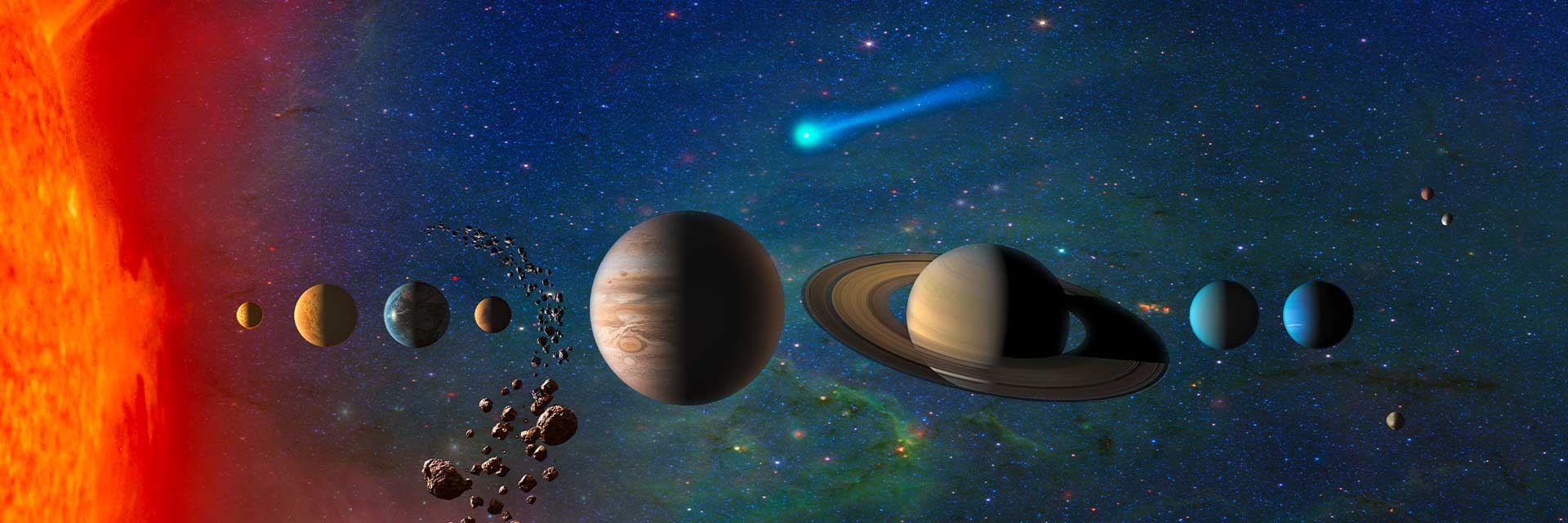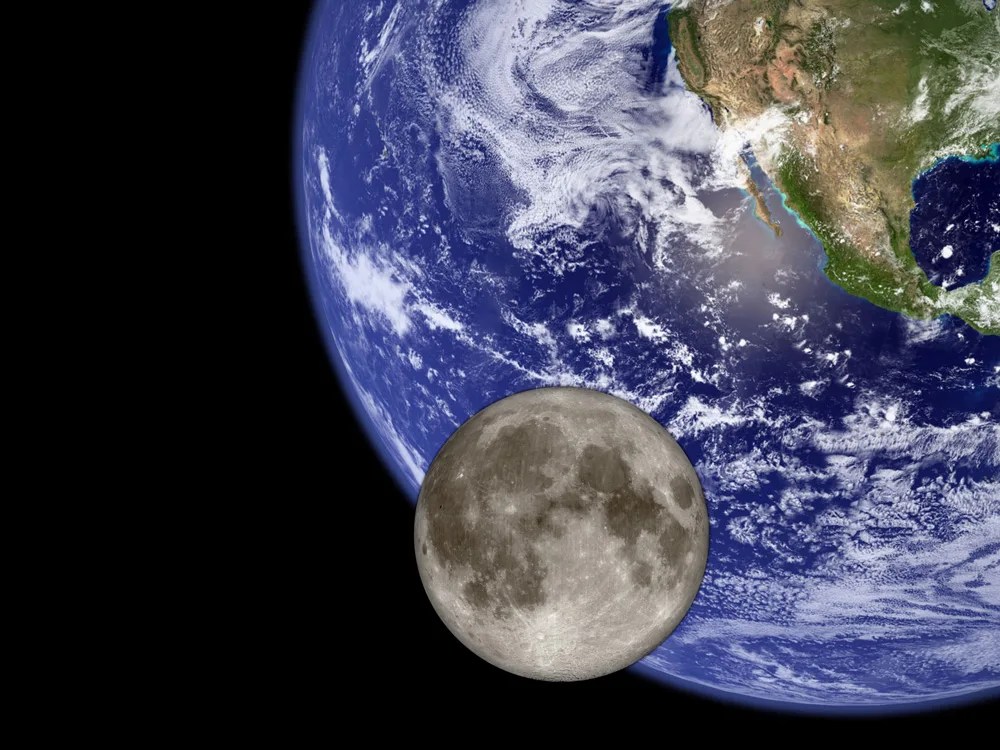


Science Questions
NASA uses robots and robotic technology to explore other planets and objects in our solar system, assist astronauts on the Space Station, study the universe, and much more. Right now there are NASA robots are millions of miles away helping us better understand what’s out there.
Microbial life forms have been discovered on Earth that can survive and even thrive at extremes of high and low temperature and pressure, and in conditions of acidity, salinity, alkalinity, and concentrations of heavy metals that would have been regarded as lethal just a few years ago. These discoveries include the wide diversity of life near sea–floor hydrothermal vent systems, where some organisms live essentially on chemical energy in the absence of sunlight. Similar environments may be present elsewhere in the solar system.
Understanding the processes that lead to life, however, is complicated by the actions of biology itself. Earth’s atmosphere today bears little resemblance to the atmosphere of the early Earth, in which life developed; it has been nearly reconstituted by the bacteria, vegetation, and other life forms that have acted upon it over the eons. Fortunately, the solar system has preserved for us an array of natural laboratories in which we can study life’s raw ingredients — volatiles and organics — as well as their delivery mechanisms and the prebiotic chemical processes that lead to life. We can also find on Earth direct evidence of the interactions of life with its environments, and the dramatic changes that life has undergone as the planet evolved. This can tell us much about the adaptability of life and the prospects that it might survive upheavals on other planets.
Many of the other solar systems have massive Jupiter like planets close to their sun, closer even than Mercury. Many scientists now believe that these gas giants could not have formed there. Rather, they must have began out where our Jupiter is, and moved inwards, scattering the smaller planets with their powerful gravity as they went. Why is it that our Jupiter and Saturn did not migrate inward? We are trying to learn more about our outer solar system by sending probes there. We sent Galileo to Jupiter, Cassini is at Saturn right now, and New Horizons is on its way to Pluto even as you read this.
Planets also change even if they don’t move closer to the sun. For example, Mars once had water on the surface. We know that thanks to our two rovers on Mars, Spirit and Opportunity, and a spacecraft in orbit. We recently launched Phoenix to explore near the pole and sniff the dirt for organic molecules. By studying Mars we will learn more about how rocky planets can change. If other planets change, then ours can change too.
For the first time in human history we know of planets around other stars and many of those other planetary systems look quite different from our own. Many have a planet like Jupiter, or even bigger, nearest to the sun. If we are to understand why this is the case, and how likely it is that there are Earth-like planets elsewhere, we need to better understand how planets form.
We might not be here if it were not for our moon, which makes our rotation axis stable. Our planet might not be as wet and rich as it is if it were not for comets and asteroids that leave dust in our neighborhood. Thus, we must understand the moons and other small bodies too, though modest by comparison these objects had a hand in our fate.
Studies of ancient meteorites, cosmic dust, and comets provide clues to the processes operating in the early solar system, and actually allow dating of events over 4.5 billion years ago. Studying these objects, which have changed little since the first few million years of the solar system’s existence, allows us to understand the components that made up the dust and gas cloud from which the solar system formed, and the processes that led to the formation of planets. These analytical studies, in turn, inform theoretical studies of solar system formation.
The possibility of finding life elsewhere is for many people the most compelling reason for humankind to explore beyond the Earth. We believe that liquid water and carbon are required for life to arise and thrive, as well as a source of energy. Many places in the solar system provide these, at least for a time; not only planets, but also some moons and even certain comets. But for life to arise we presume that a hospitable environment must be more than just transient.
The Earth is in the continuously habitable zone, meaning at our size and at our distance from the sun water has been stable at the surface even though the brightness of the sun has varied. Not all planets are so lucky. We now know that there once was liquid water on the surface of Mars, but was it there long enough for life to develop? We are not sure, but its possible and if so then life might still linger beneath the surface, perhaps in a place where sub-surface heat meets the surface permafrost. There are other places where there has been liquid water for as long as on Earth. Jupiter’s icy moon Europa almost certainly has a liquid water ocean beneath the surface even though its five times further from the sun than we are. If there are hydrothermal vents at the bottom of Europa’s ocean, then that would seem a very hospitable place for life, but that doesn’t mean its there. The only way we are going to find out is by going there. Other moons that may have liquid water deep below the surface include Jupiter’s moons Callisto and Ganymede as perhaps Saturn’s moons Titan and Enceladus.




